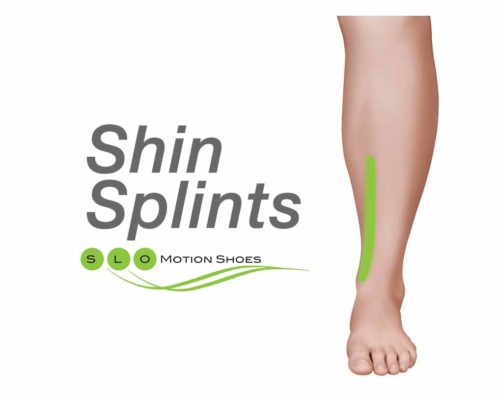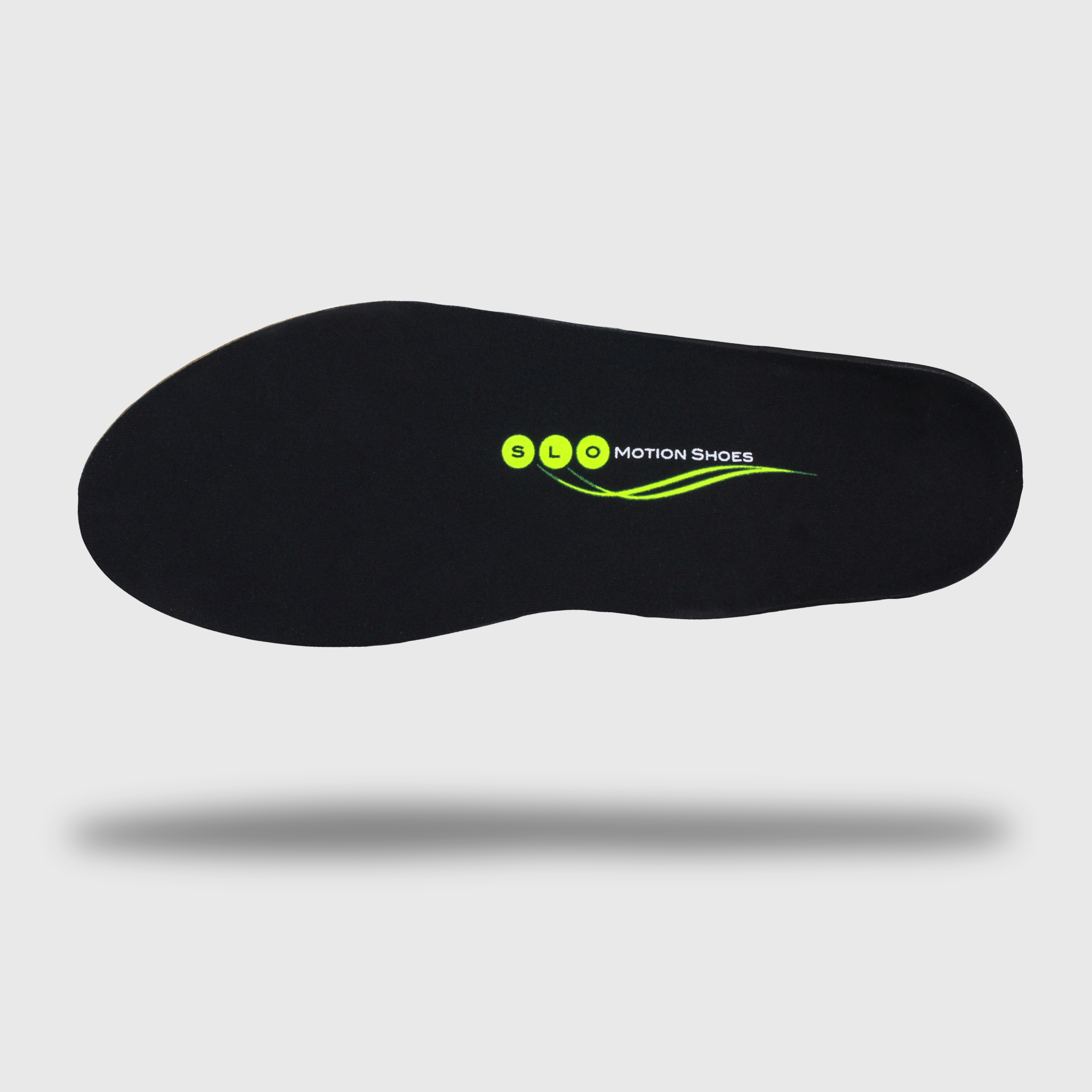The tibia, commonly known as shin, is the large bone in the front of your lower leg. Shin splints refers to pain along the inner edge of the tibia caused by inflammation of the tissue surrounding the bone.

Symptoms
Tenderness, soreness or pain along the inner border of the shin
Mild swelling in the lower leg
Pain may be described as “sharp” and “razor-like” or “dull” and “throbbing”
Pain occurs during the initiation of activity and improves
Over time, pain may be continuous
Causes
Repetitive stress on the shin bone and surrounding tissues
Sudden increase in duration, frequency or intensity of exercise
Running on uneven or hard surfaces
Intense athletic activity, such as running, dancing and military training
Flat feet or high arches
Treatments
Treatment is aimed at resting the area and relieving discomfort. Conservative treatment is generally effective. Under-treatment can lead to chronic pain.
RICE protocol: Rest, Ice, Compression, Elevation
Stretching lower leg muscles
Avoid high-impact activity
Decreasing intensity and duration of activity
Ice to affected area
Over the counter pain medication, such as ibuprofen (Advil, Motrin) or naproxen (Aleve), as needed
Supportive shoes with adequate cushioning
Orthotics to control abnormal foot pronation (inward rolling)
Shoe inserts to align and stabilize foot and ankle
Gradually resume activity once pain is gone
Medial Tibial Stress Syndrome (MTSS), commonly known as Shin splints, is a common cause of lower leg pain and is generally seen in athletes or other individuals including army recruits performing high intensity and stress related athletic activity.
The cause of this injury is generally related to abnormal stresses placed on the tibial leg bone or excessive stress from the muscular tissue attachments to the tibia. Poor training techniques as well as excessive foot motion called pronation are contributing features to this problem.
The pain encountered from Shin Splints occurs on the inside aspect of the tibia bone just above the ankle joint. Pain is generally dull and aching and is noted during warm up for the specific sporting activity and then generally improves into the activity. As the injury progresses pain can become constant and can extend into non athletic activity. Swelling is generally not seen early in the course of the injury but may be present in more advance cases.
MTSS is thought to be a continuum of injury to the leg related to stress that may advance on to the development of tibial stress fracture if untreated. Treatment is geared primarily at rest. Temporary cessation of the offending athletic activity with a focus on low impact activity including bike riding and swimming is an important tool in recovery. Early symptoms may require backing off of the intensity and duration of the activity as well as focusing on running on softer surfaces as well as the using ice and oral ant inflammatory medications. Supportive athletic shoes and orthotics that help to control abnormal foot pronation may be required.
Aggressive early treatments including rest, ice anti-inflammatory medications physical therapy as well as shoe and orthotic therapies should be pursued. Under treatment of this condition can lead to chronic pain to the tibia.
Shin Splints (Medial Tibial Stress Syndrome – MTSS) Discussion Board
Select a View
Click on the view that most represents the area of discomfort that you are experiencing. Drag your cursor over your area of concern to obtain a brief description of the potential condition.
Suggested Product
-

Posted Orthotic
$60.00Offers a moderate to maximal level of support.Select options







